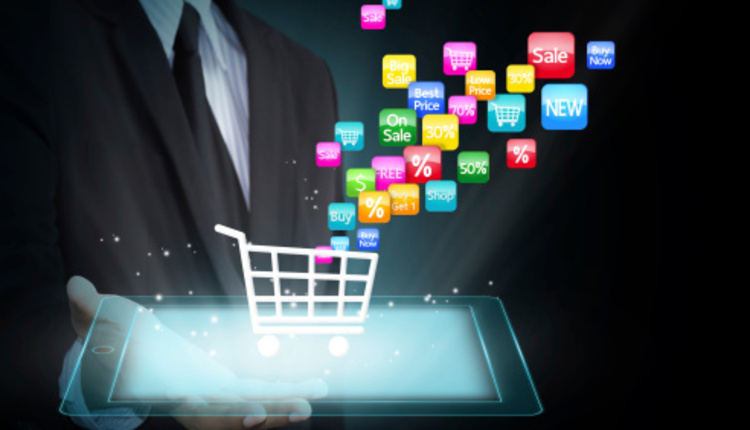The technology behind B2C interaction has evolved rapidly over the last decade. Today, access to ubiquitous broadband, streamlined mobile devices and applications that yield flexibility and convenience allow for seamless and constant contact between businesses and their current and potential customers. While advancements in technology will continue, traditional communications channels -- including physical mail -- remain a vital piece of what is becoming a more holistic approach to customer communication.
Mailers already use multiple channels to engage with their customers, embracing a trend that enables consumers a choice about how and when brands communicate with them. While innovation is clearly a priority for the mailing community, it is important to integrate new processes while keeping in mind the comfort and familiarity of consumers. In opening up new avenues to reach the customer, maintaining trust is key and must be done so through preservation of a mailerâ¬s brand integrity.
The stride toward the modernization of the industry has perhaps been most keenly evidenced by the emergence of digital mail delivery solutions. To strive toward critical mass adoption, mailers must consider enabling real behavioral changes in the way consumers carry out their daily lives and personal business. In the case of digital mail delivery, this is done through density, distribution and delight.
· Density is critical. It's the difference between going to your online account and seeing nothing but a welcome note and instead seeing a full array of mail with most of your critical bills and statements all in one place. Building density to create an experience that consumers will actually use and depend on can only be done with trust; trust not only between solution provider and mailer, but also trust between consumer and mailer. It is imperative to guarantee the integrity of the mailer's brand in digital delivery.
· Distribution, having the product be widely adopted in the market, is first and foremost linked to a compelling experience and significant density of mail.
· To change the future of communications, digital delivery services must provide a compelling and enjoyable experience for mailers and consumers alike or create delight. High-volume mailers in the U.S. understand the cost efficiencies of transitioning to digital, yet few consumers have gone entirely paperless. Despite the fact that broadband in the U.S. is ubiquitous, only 10 to 15 percent of people receive their bills and statements digitally. Why the gap?
In the end, it's all about convenience. Few consumers will take the time to create the user names and passwords for each vendor -- dozens for most households -- to let an aggregation site "scrape"â website content. For the brands, those consumers are the ones they have fought hard to get to use their websites directly. The real challenge is to get consumers to adopt digital mail broadly, and that means secure access to the majority of their mail under one account. Several new digital mail services have been introduced over the last year, but in 2012, the race will continue to build the density and delight in the industry through a comprehensive and seamless distribution platform. This gives everyone -- consumers and brands -- a reason to join the revolution.
Mailers already use multiple channels to engage with their customers, embracing a trend that enables consumers a choice about how and when brands communicate with them. While innovation is clearly a priority for the mailing community, it is important to integrate new processes while keeping in mind the comfort and familiarity of consumers. In opening up new avenues to reach the customer, maintaining trust is key and must be done so through preservation of a mailerâ¬s brand integrity.
The stride toward the modernization of the industry has perhaps been most keenly evidenced by the emergence of digital mail delivery solutions. To strive toward critical mass adoption, mailers must consider enabling real behavioral changes in the way consumers carry out their daily lives and personal business. In the case of digital mail delivery, this is done through density, distribution and delight.
· Density is critical. It's the difference between going to your online account and seeing nothing but a welcome note and instead seeing a full array of mail with most of your critical bills and statements all in one place. Building density to create an experience that consumers will actually use and depend on can only be done with trust; trust not only between solution provider and mailer, but also trust between consumer and mailer. It is imperative to guarantee the integrity of the mailer's brand in digital delivery.
· Distribution, having the product be widely adopted in the market, is first and foremost linked to a compelling experience and significant density of mail.
· To change the future of communications, digital delivery services must provide a compelling and enjoyable experience for mailers and consumers alike or create delight. High-volume mailers in the U.S. understand the cost efficiencies of transitioning to digital, yet few consumers have gone entirely paperless. Despite the fact that broadband in the U.S. is ubiquitous, only 10 to 15 percent of people receive their bills and statements digitally. Why the gap?
In the end, it's all about convenience. Few consumers will take the time to create the user names and passwords for each vendor -- dozens for most households -- to let an aggregation site "scrape"â website content. For the brands, those consumers are the ones they have fought hard to get to use their websites directly. The real challenge is to get consumers to adopt digital mail broadly, and that means secure access to the majority of their mail under one account. Several new digital mail services have been introduced over the last year, but in 2012, the race will continue to build the density and delight in the industry through a comprehensive and seamless distribution platform. This gives everyone -- consumers and brands -- a reason to join the revolution.




